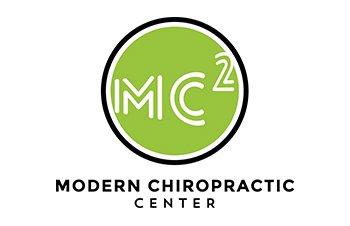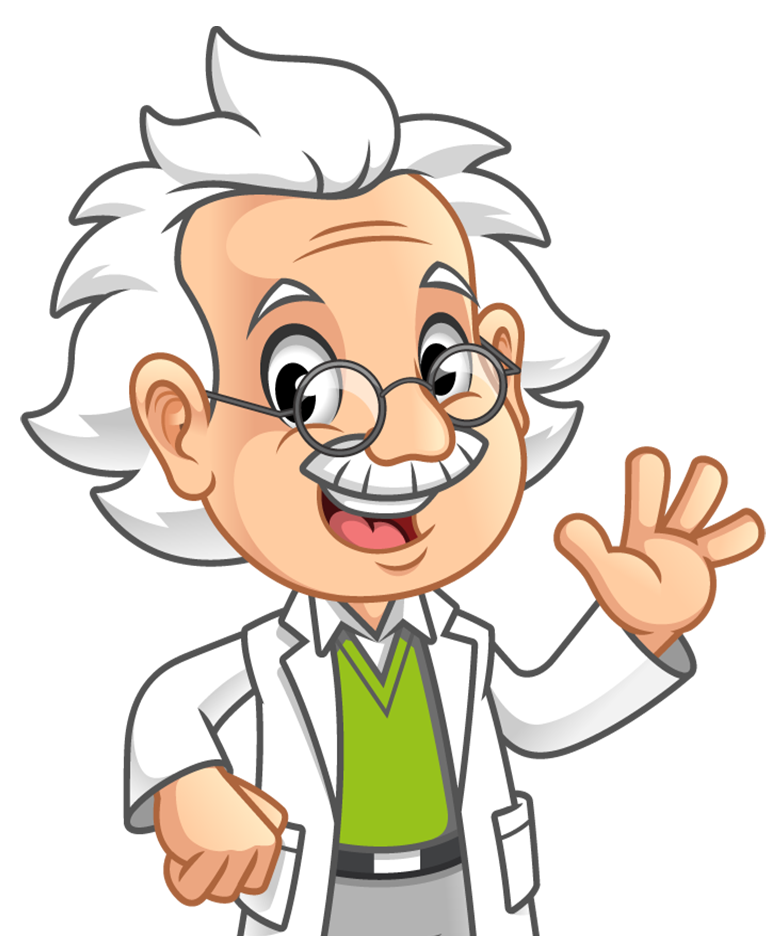Why Tight Muscles May be Due to Your Posture
Poor Posture is very stressful on the body’s muscles. The alignment of the spine, head, neck, and hips can affect muscular tension in several ways. The head contributes 10-12 pounds of weight to the torso with good posture. But if you have bad posture, the head can contribute 27-60 pounds to the muscles.
Because bad posture puts extra strain on the muscles, it weakens them, making it more difficult for them to maintain the body’s position and stability over time. Bad posture might cause the body to tighten specific muscles to cause more stability. This tightening accompanied by the stress of carrying excess weight can result in increased muscle tension.

Skeletal Muscles
Skeletal Muscles consist of two types of muscle fiber: static (also known as slow twitch’) and phasic (also known as ‘rapid twitch’). Static Muscle Fibers lie in the deeper muscle layers. They assist in posture maintenance and contribute to balance by sensing our position and transmitting this information to the brain. For movement and activity, phasic muscle fibers are used. Static fibers burn energy gradually and can work for a long time without fatigue.
Phasic Muscle Fibers, on the other hand, rapidly run out of energy. Poor posture induces muscle fatigue because it relies on phasic fibers rather than static fibers to keep the body in alignment. Poor posture, which requires phasic fiber support, allows the underlying supporting muscles to waste away due to a lack of activity over time. Weak, unused muscles tend to tense, and this muscular shortening can compress the spinal vertebrae and affect posture.
Poor Posture
Poor Posture Manifests Itself In Several Ways. There are, however, four main posture issues that cause muscle tightening. These are treatable with chiropractic and regular exercise. These are:
-
Forward Head:
The forward head, which pushes the head in front of the body’s midline, is one of the most common types of poor posture. This position considerably increases the amount of weight that the muscles of the head and neck must support. This posture problem, caused by spending too much time sitting in front of a computer, gazing down at a phone, or driving, can induce muscle tightening.
-
Flatback:
Flatback is a type of poor posture marked by a loss of spine curve. When standing for a long time, flatback accompanied by illnesses such as inflammatory arthritis can cause pain.
-
Swayback:
Swayback happens when the hips lie in front of the midline of the body. This bad posture is frequently caused by prolonged sitting, which weakens the back and gluteal muscles. It can cause a pronounced inward curvature of the lower back even when upright.
-
Kyphosis:
Kyphosis is similar to forwarding head posture. But it is more severe and is also known as hunchback. This poor posture is distinguished by a severe curvature of the upper back and is frequently due to osteoporosis, age, and disc degeneration.
While poor posture exacerbates muscle tension and tone, it is treatable. Simple lifestyle modifications are frequently enough to restore healthy posture. Corrective exercises, adjustments and traction have been shown to improve hunchback posture. If your posture causes constant pain, particularly pain that interferes with your daily functioning, you may need to contact us to help you retrain your body’s muscles. Our team of corrective chiropractors can assist you in correcting your posture by determining the root cause of your issue. Schedule an appointment today!





